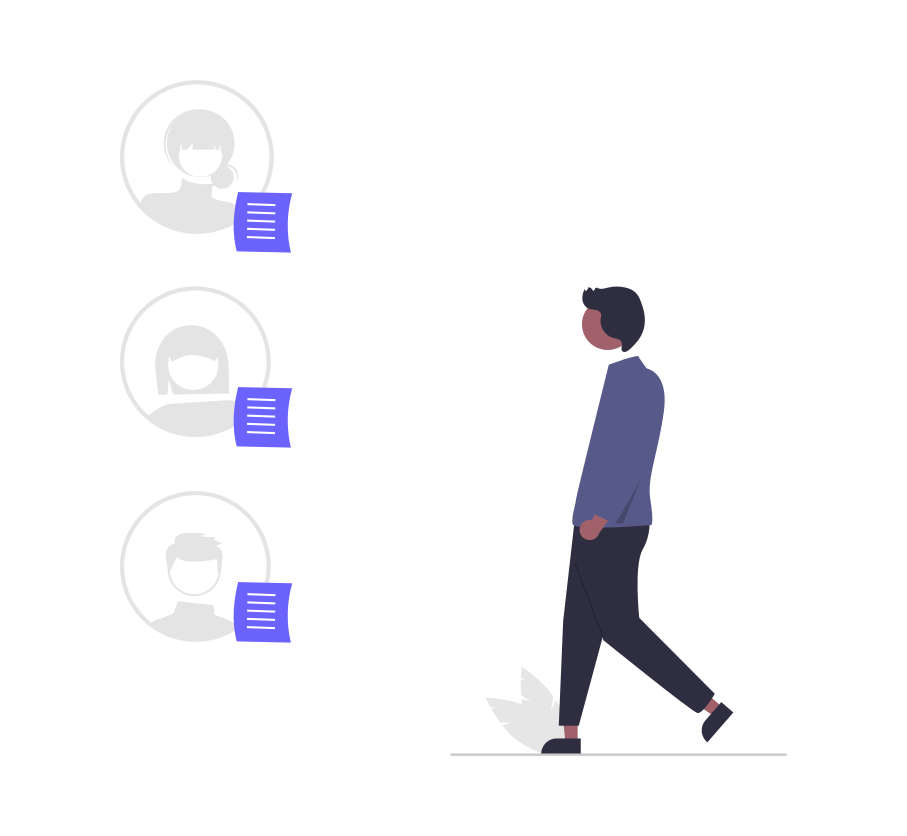Behavioral segmentation has become a cornerstone in modern B2B marketing strategies. By analyzing the actions and behaviors of potential clients, businesses can tailor their marketing efforts to better meet the needs of their audience. This approach goes beyond traditional segmentation methods, providing deeper insights into what drives customer engagement and conversion. Here, we explore the essentials of behavioral segmentation and its impact on B2B marketing.
The Fundamentals of Behavioral Segmentation
Behavioral segmentation focuses on dividing your market based on the behaviors and actions of customers rather than just their demographic or firmographic attributes. Key behavioral factors include:
- Purchase Behavior: Patterns in buying behavior, frequency of purchases, and spending habits.
- Usage Rate: How often a product or service is used.
- Loyalty: Degree of customer loyalty and likelihood of repeat business.
- Benefits Sought: Specific benefits or features that customers prioritize.
- Customer Journey Stage: Where a customer is in their buying journey—awareness, consideration, or decision.
Core Benefits of Behavioral Segmentation
1. Personalization at Scale
Behavioral segmentation enables businesses to personalize their marketing efforts on a large scale. By understanding what specific actions and behaviors indicate about customer needs and preferences, companies can deliver personalized messages that resonate with each segment. This leads to more meaningful interactions and stronger customer relationships.
2. Enhanced Customer Engagement
When marketing messages are aligned with customer behavior, engagement rates increase. Customers are more likely to interact with content that speaks directly to their actions and interests. Behavioral segmentation helps businesses craft relevant and timely communications, resulting in higher engagement and better overall marketing performance.
3. Predictive Insights
Analyzing customer behavior provides predictive insights into future actions. By identifying patterns and trends in how customers interact with your brand, you can anticipate their needs and proactively address them. This foresight enables businesses to stay ahead of customer expectations and maintain a competitive edge.
Implementing Behavioral Segmentation
1. Data Collection and Analysis
Start by collecting data on customer behaviors across various touchpoints. This includes website interactions, email engagement, social media activity, and purchase history. Advanced analytics tools can help aggregate and analyze this data to uncover actionable insights.
2. Segment Identification
Once the data is analyzed, identify distinct behavioral segments within your customer base. These segments should reflect different patterns of behavior that are significant for your marketing strategy. For example, you might identify segments based on frequent buyers, occasional users, and high-value customers.
3. Targeted Messaging
Develop targeted marketing messages for each behavioral segment. These messages should address the specific needs and actions of each group, ensuring relevance and resonance. Use automation tools to deliver these messages at the right time and through the right channels.
4. Continuous Monitoring and Optimization
Behavioral segmentation is not a one-time effort. Continuously monitor the performance of your segmented marketing campaigns and adjust your strategies based on new data and insights. This ongoing optimization ensures that your marketing efforts remain effective and aligned with evolving customer behaviors.
Future Prospects in Behavioral Segmentation
As technology advances, behavioral segmentation will become even more sophisticated. Artificial intelligence (AI) and machine learning are poised to revolutionize how businesses analyze and utilize behavioral data. These technologies can uncover deeper insights and enable real-time personalization, further enhancing the effectiveness of B2B marketing strategies.
Additionally, integrating behavioral data with other types of data, such as firmographic and technographic information, will provide a comprehensive view of the customer. This holistic approach will allow businesses to create even more precise and impactful marketing campaigns.


